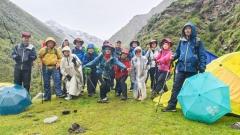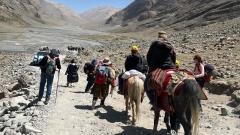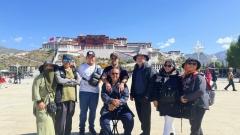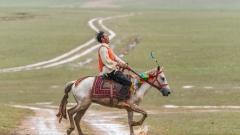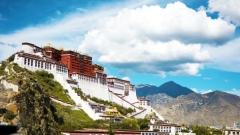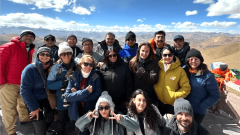Tibet is a land of breathtaking beauty and deep spirituality — a place where snow-capped mountains meet ancient monasteries and where every gesture carries meaning.
As tourism grows, so does the responsibility of visitors to protect its fragile environment and respect its unique culture. Traveling in Tibet is not just about seeing; it’s about understanding and honoring the spirit of the plateau.
Understanding the Importance of Responsible Tourism
Tibet’s culture and environment are unlike anywhere else in the world. The high-altitude plateau, sacred sites, and centuries-old traditions require special care from visitors.
Responsible tourism means traveling in ways that:
-
Preserve nature and heritage for future generations.
-
Support local communities and economies.
-
Respect religious and cultural values.
Every choice a traveler makes — from what to buy to how to behave — can leave a lasting impact, positive or negative.
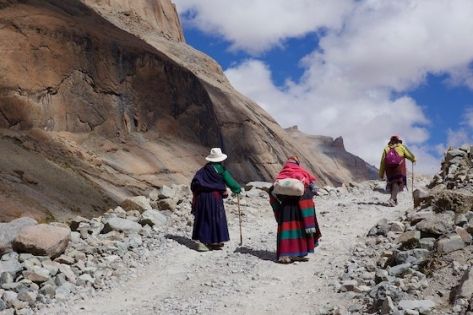
Respecting Tibetan Culture and Religion
Tibetan Buddhism is central to life on the plateau, shaping everything from art to daily routines. Understanding a few key customs helps you connect with locals and show genuine respect.
Be Mindful in Monasteries
-
Walk clockwise around stupas, mani walls, and temples.
-
Remove your hat and sunglasses before entering.
-
Don’t touch statues, altars, or sacred objects.
-
Avoid loud talking, pointing at monks, or taking photos without permission.
Dress Appropriately
Tibetans dress modestly, especially in religious places. Travelers should cover shoulders and knees. Bright, respectful clothing is appreciated — flashy or revealing attire is not.
Respect Local Beliefs
Avoid stepping on prayer flags or books, and never touch someone’s head — it’s considered sacred. Always greet with a smile and a small nod; kindness goes a long way in Tibetan culture.
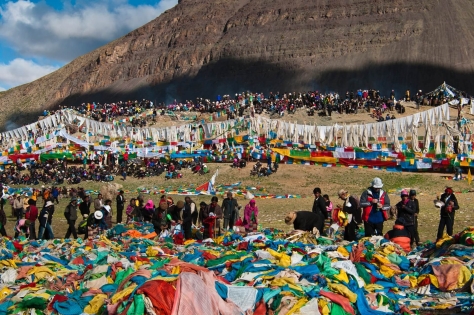
Saga
Supporting Local Communities
Responsible travel also means contributing to the well-being of the people who make Tibet so special.
Choose Local Businesses
Stay in Tibetan-run guesthouses, eat in local restaurants, and buy handicrafts directly from artisans. This not only supports families but also helps preserve traditional craftsmanship such as thangka painting, silver jewelry making, and wool weaving.
Hire Licensed Tibetan Guides
Local guides offer insight into the culture, language, and history that outsiders can’t match. Travel with an experienced agency like China Dragon Travel, which works directly with Tibetan communities and ensures that tours follow sustainable and respectful practices.
Be Generous, But Thoughtful
It’s better to support community projects or buy local goods rather than giving money or candy to children on the streets. This avoids creating dependency and promotes dignity.
Protecting Tibet’s Fragile Environment
The Tibetan Plateau is often called the “Roof of the World,” home to unique ecosystems and rare wildlife like wild yaks, snow leopards, and black-necked cranes. Yet its high altitude makes it extremely sensitive to human impact.
Reduce Plastic Use
Bring a reusable water bottle and cloth bag. In remote areas, waste disposal is limited, so minimizing plastic is essential.
Leave No Trace
Take all your garbage with you, stay on marked trails, and never disturb plants or wildlife. Even small actions — like avoiding littering or refraining from picking wildflowers — protect the ecosystem.
Respect Sacred Landscapes
Many mountains, lakes, and valleys are considered holy. Don’t climb or swim in sacred lakes like Namtso or Yamdrok, and avoid loud activities near monasteries or pilgrimage routes.
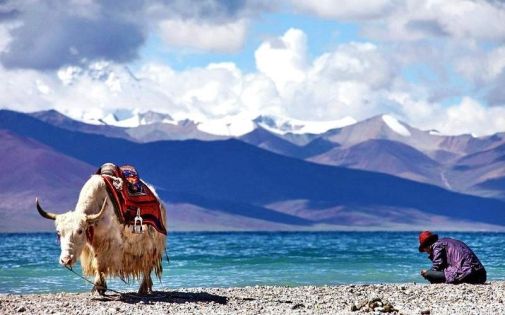
Namtso Lake
Photography Etiquette in Tibet
Tibet offers some of the most photogenic scenery on Earth — from the Potala Palace glowing at sunrise to the vast plains dotted with yak herds. But it’s important to photograph with sensitivity.
-
Ask before photographing people, especially monks or elderly Tibetans.
-
Never take photos during prayers or ceremonies unless explicitly allowed.
-
Avoid drones near religious sites, military zones, or border areas.
-
Focus on capturing moments that tell respectful stories rather than exploiting sacred ones.
Traveling Responsibly at High Altitude
Tibet’s altitude can exceed 3,500 meters, so travelers should take care of both their health and the environment.
-
Spend your first 1–2 days resting and acclimatizing in Lhasa before venturing higher.
-
Drink plenty of water, eat light, and avoid alcohol.
-
Respect your body — if you feel unwell, inform your guide immediately.
By taking care of yourself, you ensure a safe journey for everyone in your group.
Festivals and Local Events: Participate with Respect
Tibet’s festivals, such as the Saga Dawa Festival and Shoton Festival, are joyful yet deeply spiritual.
When attending:
-
Observe quietly during prayers and rituals.
-
Follow local customs before joining dances or celebrations.
-
Avoid standing in front of pilgrims or blocking processions for photos.
Participating respectfully in these moments offers a meaningful cultural exchange and unforgettable memories.
How China Dragon Travel Promotes Responsible Tourism
As one of Tibet’s trusted local operators, China Dragon Travel is committed to sustainable and ethical tourism.
-
All tours include licensed Tibetan guides, ensuring cultural authenticity.
-
The agency partners with local communities to support education and eco-friendly initiatives.
-
Tours are designed to minimize environmental impact while offering travelers genuine experiences of Tibetan life.
By choosing responsible operators, travelers play a part in protecting Tibet’s heritage and future.
Conclusion
Traveling in Tibet is a privilege — an opportunity to witness one of the world’s most extraordinary cultures and landscapes.
Being a responsible traveler means walking gently, listening deeply, and appreciating the profound spirituality that fills the air.
When you travel respectfully, you not only enrich your own journey but also help preserve the sacred essence of Tibet for generations to come.



